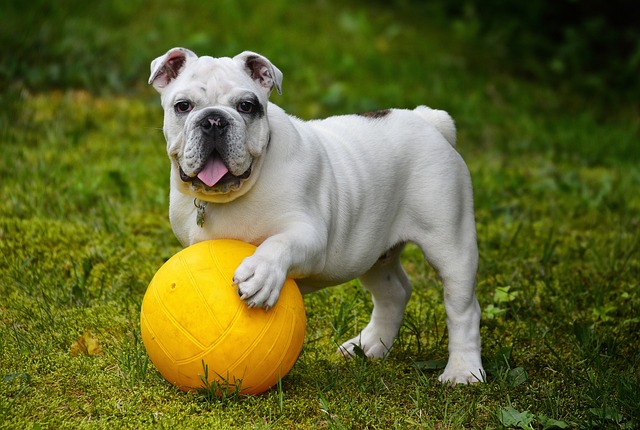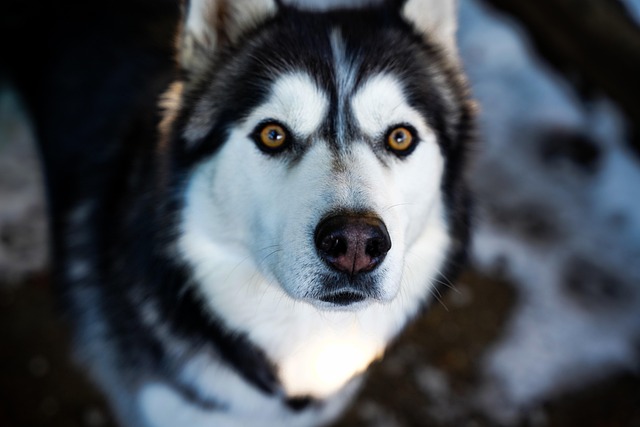
Would veterinarians recommend using dental cleaning sticks for pet dogs
If you’ve ever stood in the pet store, staring at a wall of dental chews while wondering if they’re worth the money, you’re not alone.
How to stop dog allergies immediately? For new dog owners in the US, watching your pup suddenly break out in hives, scratch themselves raw, or sneeze uncontrollably can feel urgent—you want relief for them, and fast. While "immediate" might mean different things for mild vs. severe reactions, knowing the right steps can calm their discomfort quickly and keep them safe.
Allergies in dogs happen when their immune system overreacts to a trigger—pollen, bee stings, dust mites, or even a new food—releasing histamines that cause itching, swelling, or irritation. Think of it like a human having a sudden hay fever attack, but dogs can’t tell you where it hurts, so you’ll see them paw at their face, rub their belly on the carpet, or shake their head from itchy ears. Mild reactions stay localized: a swollen paw from a bee sting, or red patches from grass pollen. Severe reactions, though rare, affect the whole body—face or throat swelling, difficulty breathing, or vomiting—these need immediate vet help because they can turn dangerous fast.
For mild, localized reactions, start by removing the trigger. If your Golden Retriever rolled in grass and is now itching, wipe their coat with a damp cloth to remove pollen—focus on their belly and paws, where allergens stick. For a bee sting on your Yorkie’s paw, gently scrape out the stinger with a credit card (don’t squeeze!) and apply a cool compress: wrap a bag of frozen peas in a towel and hold it on the area for 5-minute intervals to reduce swelling. To soothe itchy skin, a quick oatmeal bath (use dog-specific oatmeal shampoo) calms irritation—lather lightly, let sit 3 minutes, then rinse. For itchy paws, soak them in cool water mixed with a splash of apple cider vinegar (1 part vinegar to 4 parts water) for 2 minutes; this eases redness and stops the urge to chew.

Never use human antihistamines like Benadryl without vet okay—dosages depend on weight, and some dogs (like those with heart issues) can’t take them. Watch for worsening signs: if swelling spreads, your dog struggles to breathe, or they vomit, call your vet or emergency clinic right away—these are signs of anaphylaxis, which needs prescription meds like epinephrine.
In the US, responsible care ties to norms: keep your dog current on mandatory rabies vaccines (required in all states) to support their immune system. When walking, always carry waste bags—cities like Los Angeles fines owners $250 for uncollected waste, and good hygiene limits allergen spread. Culturally, never scold a dog scratching from allergies; it’s involuntary. Offer praise when they let you treat them, building trust.
For apartments, use air purifiers to reduce dust mites and wash bedding weekly in hot water. In communities, tell groomers about allergies to avoid harsh products, and steer clear of flower beds or tall grass if your dog reacts to pollen.
With quick action and care, you can ease their discomfort fast—because a happy, itch-free dog is a joy to be around.

If you’ve ever stood in the pet store, staring at a wall of dental chews while wondering if they’re worth the money, you’re not alone.

Walk down any pet store aisle, and you’ll see shelves lined with dental chews—colorful, bone-shaped treats promising to clean teeth and freshen breath.

If you’ve ever struggled to brush your dog’s teeth—dodging wiggly heads, slobbery paws, or the occasional playful bite—you’ve probably wondered about easier alternatives.

Finding your dog lethargic, with dry gums and sunken eyes, is enough to make any new pet owner panic. Dehydration creeps up fast

Watching your golden retriever scratch his ears raw after meals or sprint to the backyard with digestive urgency turns dinnertime into a nightmare.

There’s something undeniably captivating about a husky’s gaze, and when those eyes are a rich shade of brown, it’s like stumbling upon a hidden gem.